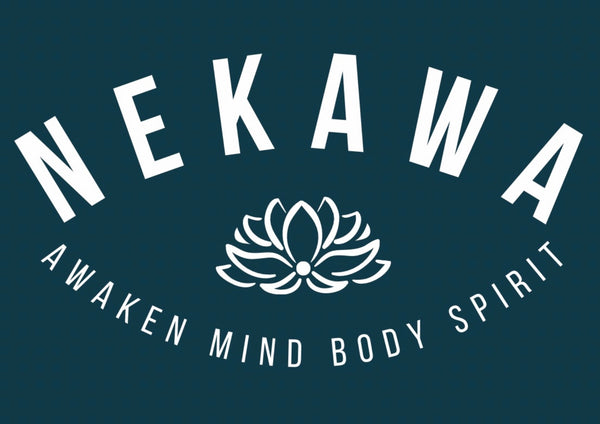FAQ - WHAT IS CRANIOSACRAL THERAPY?
What Is Craniosacral Therapy?
Craniosacral Therapy (CST) is a light-touch, manual therapy that releases tensions, as well as restrictions deep in the body to relieve pain and dysfunction and improve overall health.
CST was developed by Osteopathic Physician, John E. Upledger after extensive clinical research at Michigan State University. Established in 1985, Upledger Institute International has trained more than 125,000 therapists worldwide and offers more than 600 courses in 50 countries.
What Conditions Can Be Helped By Craniosacral Therapy?
CST complements the body’s natural healing processes. CST is reported by clients to be effective in helping to relieve a wide range of symptoms associated with:
-
Autism
-
Cancer Treatment
-
Central Nervous System Disorders Chronic Fatigue
-
Concussion Syndrome Fibromyalgia
-
Headaches and Migraines
-
Infant and Childhood Disorders
-
Neck and Back Pain Orthopedic Problems Post-Traumatic Stress Scoliosis
-
Spinal Cord Injuries
-
Stress and Tension Related Disorders TMJ Syndrome
-
Traumatic Brain Injury
How Does Craniosacral Therapy Work?
Few structures have as much influence over the body’s ability to function properly as the brain and spinal cord that make up the central nervous system. And few systems have as much impact on the central nervous system as the craniosacral system — the membranes and fluid that surround, protect and nourish the brain and spinal cord. Every day your body endures stresses and strains, and your structures work to compensate for them. Unfortunately, these changes often cause body tissues to tighten and distort the craniosacral system, which can then cause tension to form around the brain and spinal cord.
The result is a barrier to the healthy performance of the central nervous system, and potentially every other system it interacts with. Fortunately, such restrictions can be detected and corrected using simple methods of touch. Generally using about 5 grams of pressure (about the weight of a nickel), the CST practitioner uses his or her hands to evaluate the craniosacral system by gently feeling various locations of the body to test for the ease of motion and rhythm of the cerebrospinal fluid pulsing around the brain and spinal cord.
Soft touch techniques are then used to release restrictions in any tissues influencing the craniosacral system. By normalising the environment around the brain and spinal cord and enhancing the body’s ability to self-correct, Craniosacral Therapy is able to alleviate a wide variety of dysfunctions.
What Can I Expect From A Therapy Session?
A typical CST session lasts from 45-60 minutes, and takes place in a quiet, private setting. CST is performed with the client fully clothed and lying on a comfortable massage table. Using a light touch, the therapist evaluates or “listens to” the body for tension patterns and imbalances.
The craniosacral system is accessed and treated using the bones and connective tissue. Skilled CST therapists can enhance fluid flow and balance membrane tension, helping to bring increased vitality to the system. Releasing chronic tension patterns and enhancing fluid motility allows the body’s healing mechanisms to operate more effectively, imparting greater balance and ease.
What is experienced during a CST session is highly individualized. Some say they feel deeply relaxed, while others describe feeling unwinding sensations as the body releases tension. Sometimes, circumstances are recalled surrounding a past trauma or injury that caused the body stress. While this doesn’t happen every time, this process called “SomatoEmotional Release” is perfectly normal and helps the body reverse dysfunction and restore optimal levels of mobility.
What Will I Experience After A Session?
Just as each individual experiences CST sessions differently, the results can be diverse as well. You may leave in such a relaxed state that you feel like sleeping for hours. Or you may leave full of boundless energy. You may feel a decrease in pain or an increase in function immediately after the session, or the effects may develop gradually over the next few days.
Since CST helps the body resume its natural healing processes, it’s common for your improvements to continue weeks after the session. You may also experience a reorganization phase as your body releases previously held patterns and adapts to a new state of wellness.
Who Can Benefit From Craniosacral Therapy?
Because CST is effective as a preventive health measure, almost anyone can benefit from a session. The extremely light touch also makes CST a safe approach for children and infants who have experienced early stress, including birth trauma. By releasing restrictions around the central nervous system early, you may help prevent future difficulties such as learning disabilities or hyperactivity.
Are There Any Conditions That Shouldn’t Be Addressed With Craniosacral Therapy?
There are a few situations in which CST is not recommended. They include any condition in which slight variations in intracranial pressure would cause instability, such as acute aneurysm, recent skull fracture, and cerebral hemorrhage or other severe bleeding disorder. If you have any questions about whether these situations apply to you, seek the advice of your physician before receiving a CST session.

